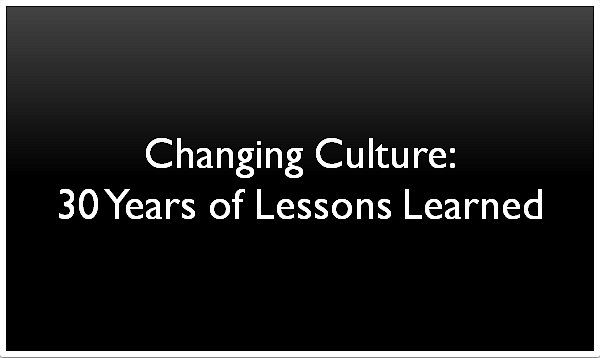The Business World’s Strongest Corporate Cultures
The Business World’s Strongest Corporate Cultures
Zappos
Zappos is almost always near the top of the list when it comes to ranking the greatest places to work and that is due in large part to its strong and efficient company culture. Tony Hsieh, the company’s founder, is considered a cultural guru in the business community. He’s even written a book on it. The strength of Zappos culture is due in large part to the value it’s executives place on it. To even get hired at the company you have to pass something called a “cultural fit interview,” which carries about half the weight of whether a particular candidate is hired.
Great Little Box Company
The Great Little Box Company personifies the system of merit-based rewards. Unlike many companies which, when people do a great job, offer only a pat on the back. The Great Little Box Company actually rewards people well for doing a great job. Once, for example, an employee at the company suggested they reposition a particular box cutter. He was right, and the suggestion paid off. The result? They rewarded him with a $2,000 bonus at the end of the quarter. If that doesn’t incentivize you, nothing will.
Southwest Airlines
Most companies in the airline industry have famously grouchy employees. But not Southwest Airlines. Their company culture is so positive that it has actually become a competitive advantage. The employees are happier and so treat passengers better, which in turn leads to them having a stronger brand that people form loyal, long-term relationships with. Southwest Airlines has successfully convinced its employees of its overarching mission and managed to leverage that into a valuable asset.
Twitter is your classic, cool Silicon Valley company. The office is awesome. Employees get free meals, and the companies host tons of fun events and gatherings (including yoga classes) for people to participate in. Happy employees make effective employees. Being a software company, Twitter hires some very technically-oriented people. Many of them end up bonding at company outings and eventually becoming great friends.
Netflix
Not only is Netflix an awesome product, it’s also a great place to work with a very strong culture. Rather than micromanaging employees via vacation policies, annual reviews, and task reports, Netflix prides itself on setting clear expectations for its people and measuring input rather than output. Netflix, in other words, doesn’t necessarily care about the hours you put it, it cares about the work you put in during those hours. It’s a great place to work for ambitious, self-motivators.
Facilitate meaningful conversations within your company by using our culture cards or please feel free give us a call at (212) 960-8110 for a cultural consultation.











